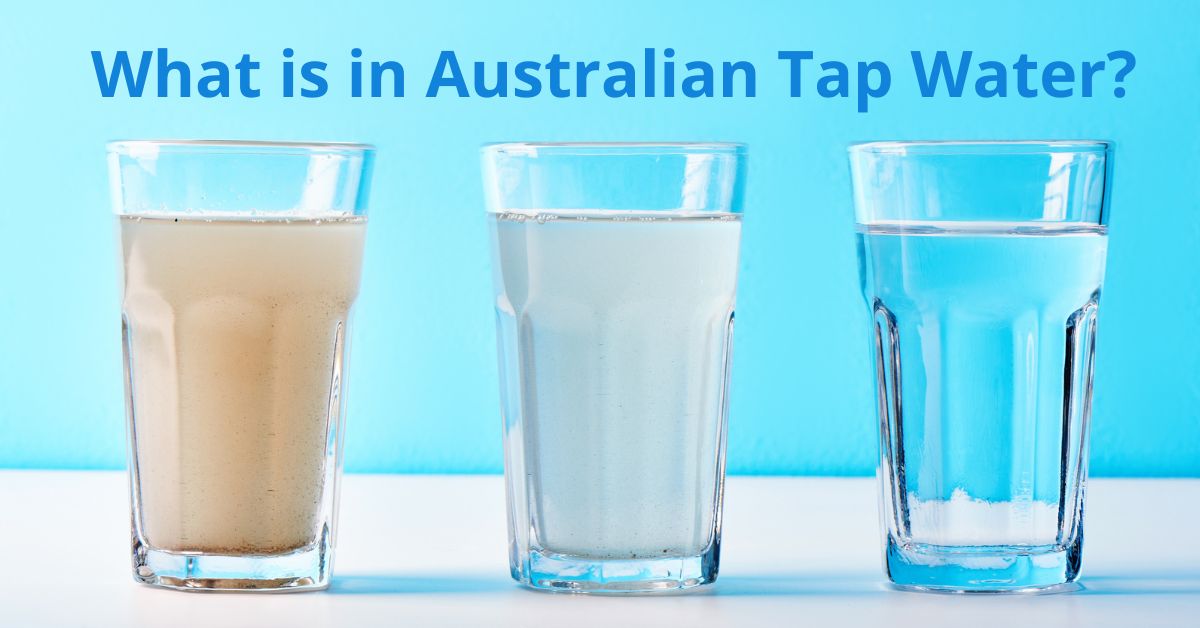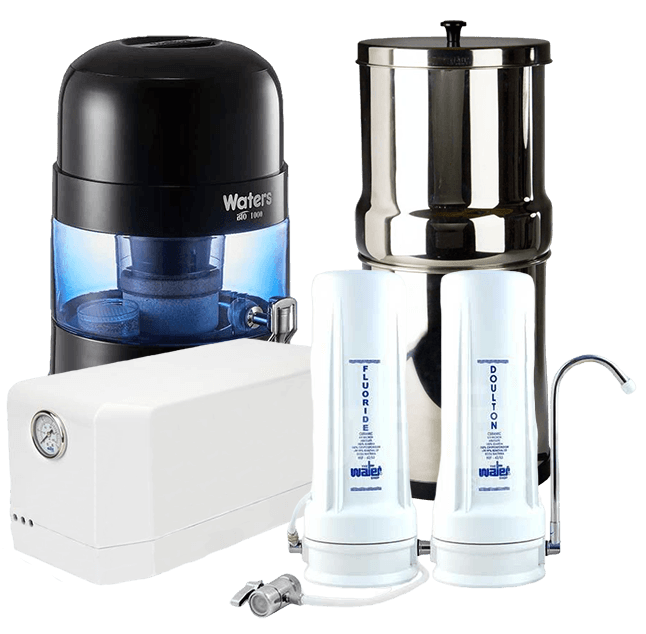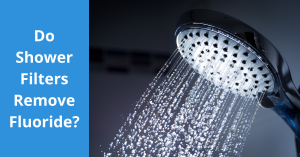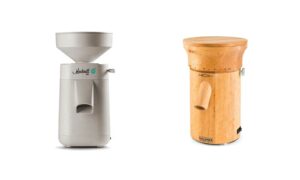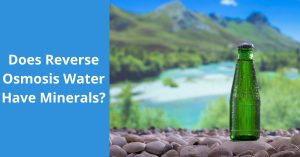When you turn on the tap in your home, do you feel confident about the quality and safety of the water coming out? In Australia, public drinking water is governed by the Australian Drinking Water Guidelines (ADWG). However, there are some concerning issues regarding monitoring, reporting, and enforcement of these guidelines as reported by Nature Journal:
• Monitoring and reporting gaps exist, particularly in very remote areas, making it difficult to accurately assess compliance with the ADWG across all locations. Many small regional and remote communities may lack resources for comprehensive water quality testing and public reporting.
• There is a lack of standardized reporting conventions across jurisdictions, making it challenging to compare water quality data and compliance levels between states/territories.
• The ADWG guidelines are not mandatory national standards. Each state/territory has its own regulations, guidelines, and reporting requirements related to drinking water quality, as shown in the colored boxes.
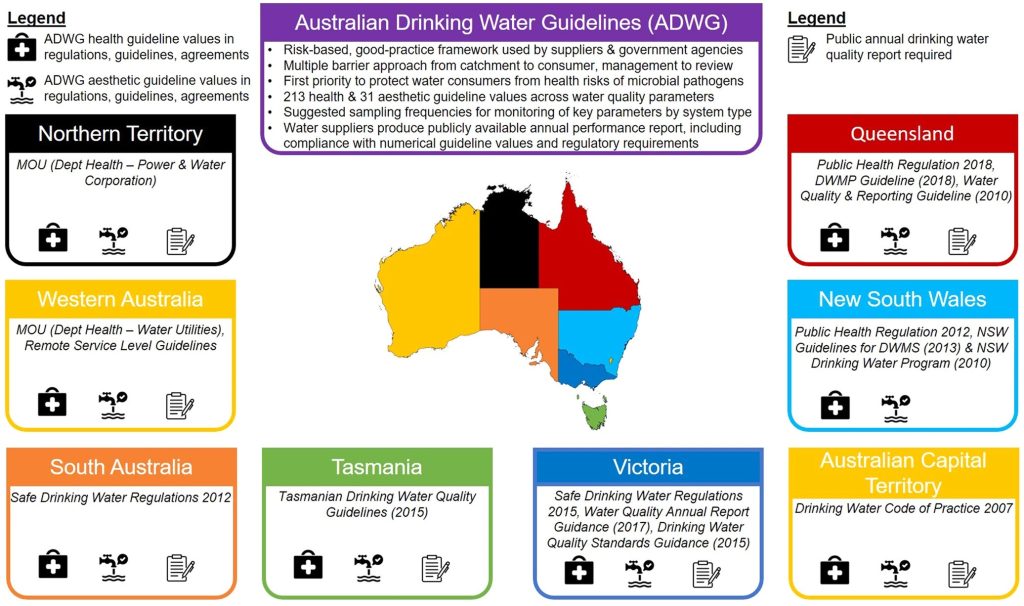
Source: Nature.com https://www.nature.com/articles/s41545-022-00174-1
These issues highlight the potential for contaminants and other undesirable substances to be present in Australian tap water that may not meet best practice standards. So what exactly might be in your tap water?
What chemicals are found in Australian tap water?
The reality is that drinking water can contain a variety of chemicals and contaminants which public health authorities consider to be safe at certain maximum allowable levels. However, many people prefer to reduce their exposure as much as possible. Some of the potential contaminants that have been found in Australian tap water include:
- Disinfection byproducts like trihalomethanes from the chlorine disinfection process
- Heavy metals like lead from old pipelines
- Chemicals like fluoride added for dental health
- PFAS are a group of man-made chemicals that have been used in various industrial and consumer products.
- Microplastics from environmental contamination
- Trace amounts of pesticides/herbicides from agricultural activities
The specific make-up can vary between localities, but regular monitoring aims to ensure levels remain below health risk thresholds. However, there are growing concerns about the cumulative effect of low-level exposure to contaminants, as well as debates around the safety of some common additives.
For those wishing to remove fluoride, chlorine and other contaminants, and improve taste, several options exist for water filtration at a residential level:
- Undersink reverse osmosis water filter
- Point-of-use Megahome Water Distiller
- Countertop Water Filter
- Gravity fed water filter
- PFAS Water Filters
- Larger whole-home filtration units
Depending on the system, these filters can be effective for removing:
- Microorganisms like bacteria, cysts, etc.
- PFAS
- Heavy metals (e.g. lead)
- Chlorine and chlorine byproducts
- Sediments, dirt, and particles
- Fluoride
- Odors
Of course, implementing filtration comes with costs – both for the equipment and maintaining/replacing filters. More robust systems like under sink reverse osmosis are more expensive upfront but may be more efficient and economical for larger households over the long term.
Benefits of Filtered Water
Australian public water suppliers must comply with health standards, however, there are additional benefits to filtered tap water that some households may desire:
- Improved taste and odor for drinking
- Removal of aesthetic impurities (dissolved solids, sediments)
- Peace of mind and reduced exposure to specific contaminants
- Appliance protection by reducing mineral buildup
- Alignment with cultural practices or personal preferences
As people’s water needs and expectations vary, so too do the myriad choices for residential filtration. The ADWG framework aims to ensure a minimum quality of public drinking water is maintained. However, ultimately, education and options for additional water treatment should allow each household to make decisions that align with their definition of safe and acceptable water quality.

